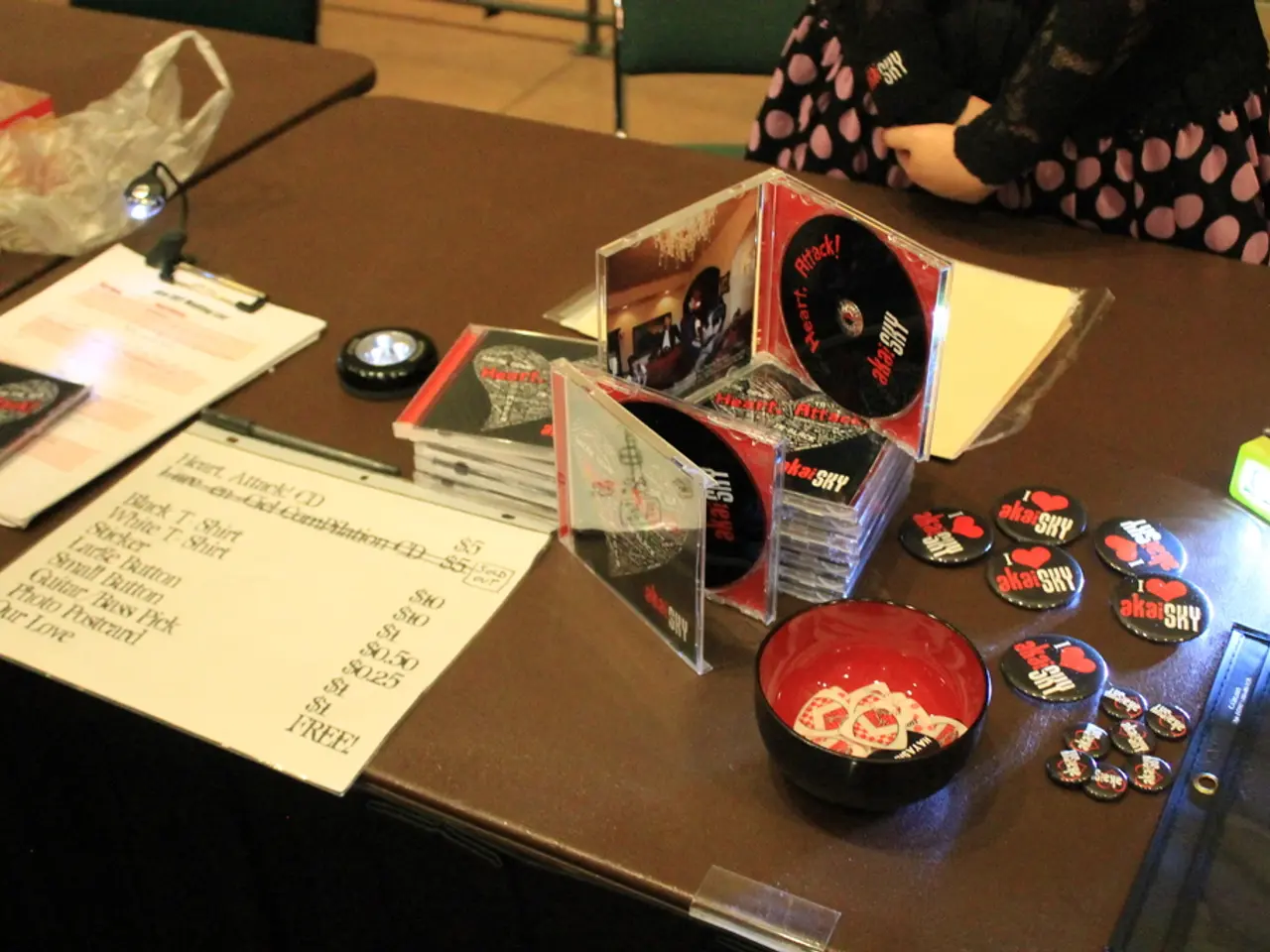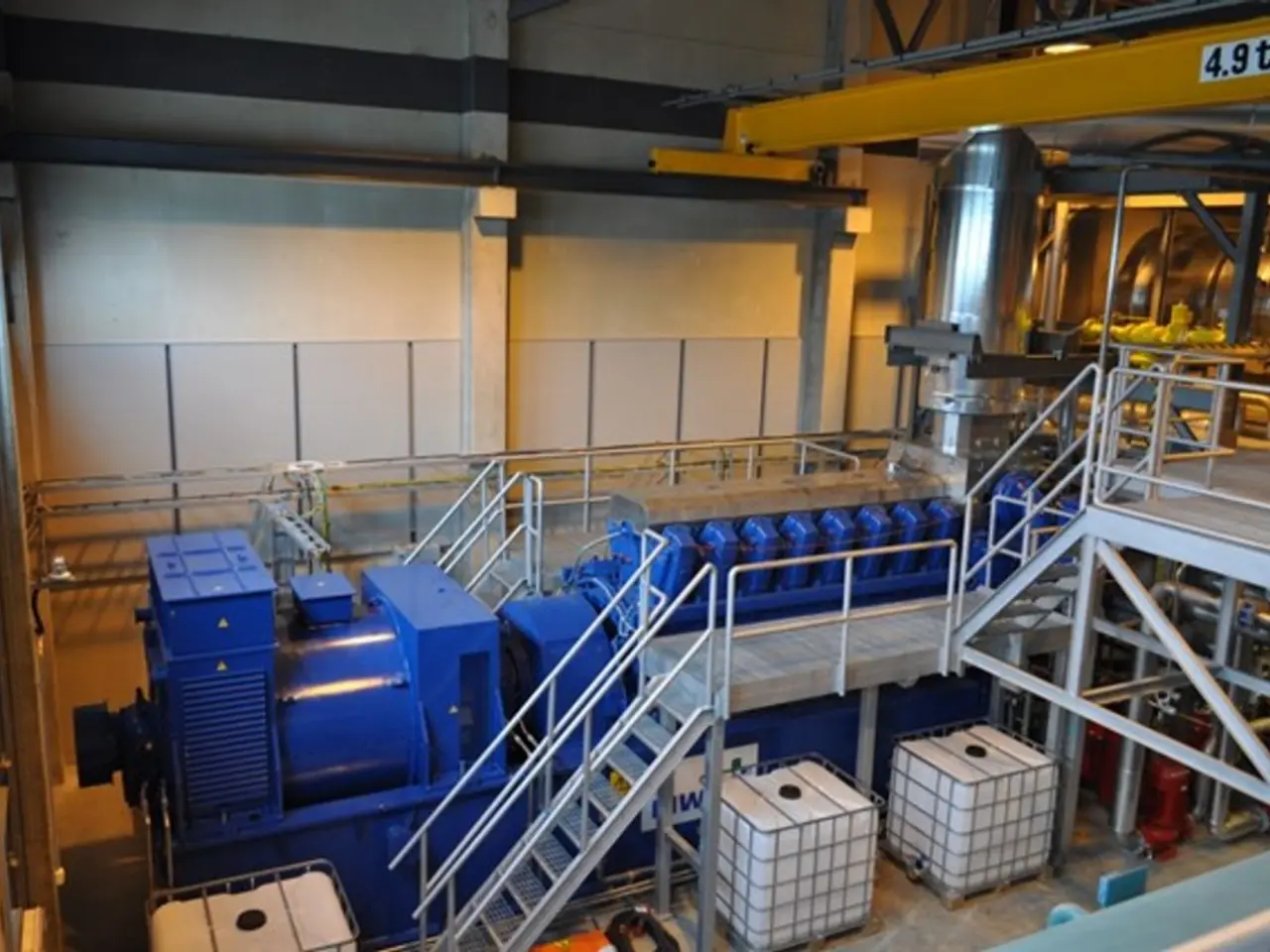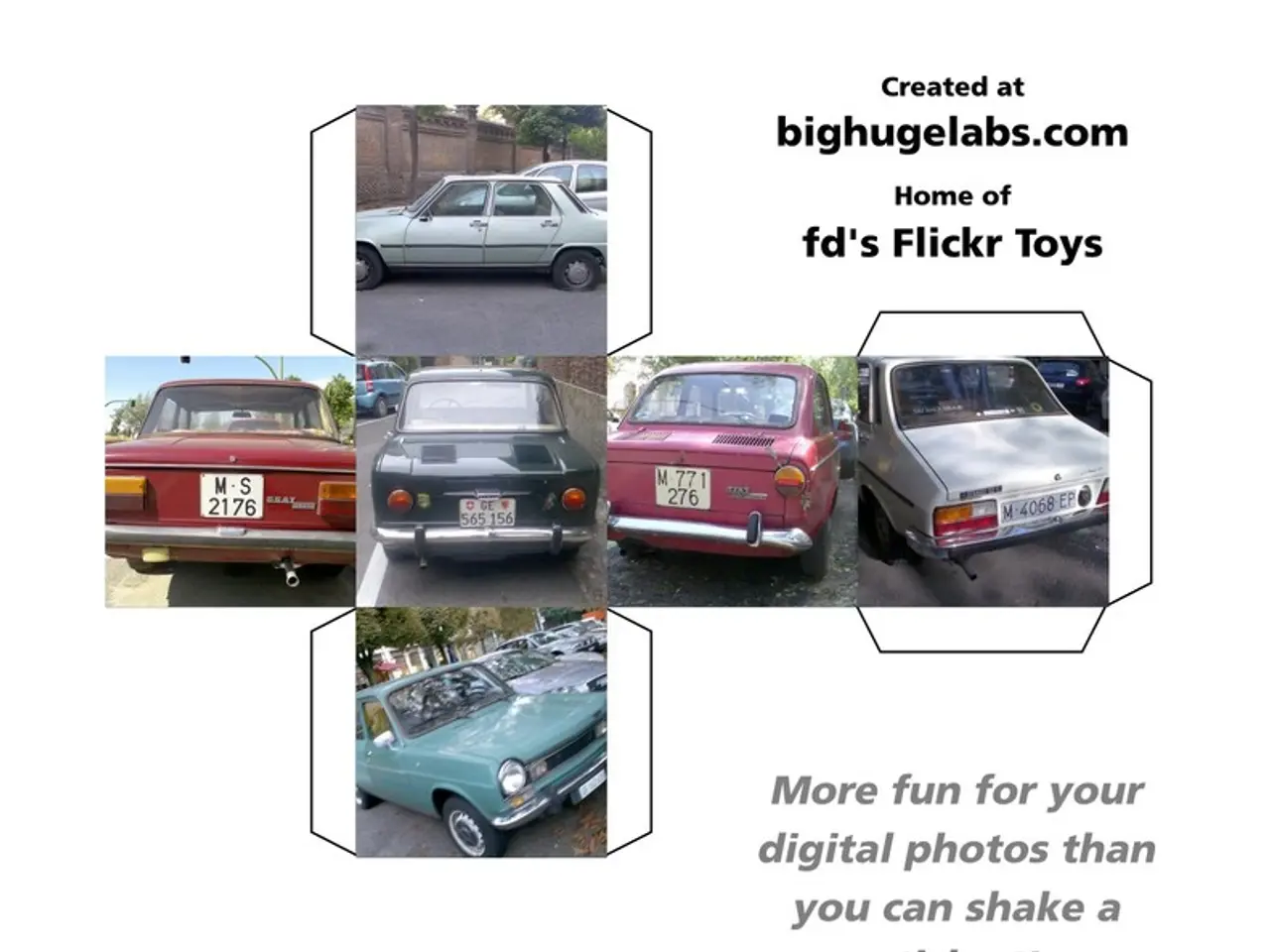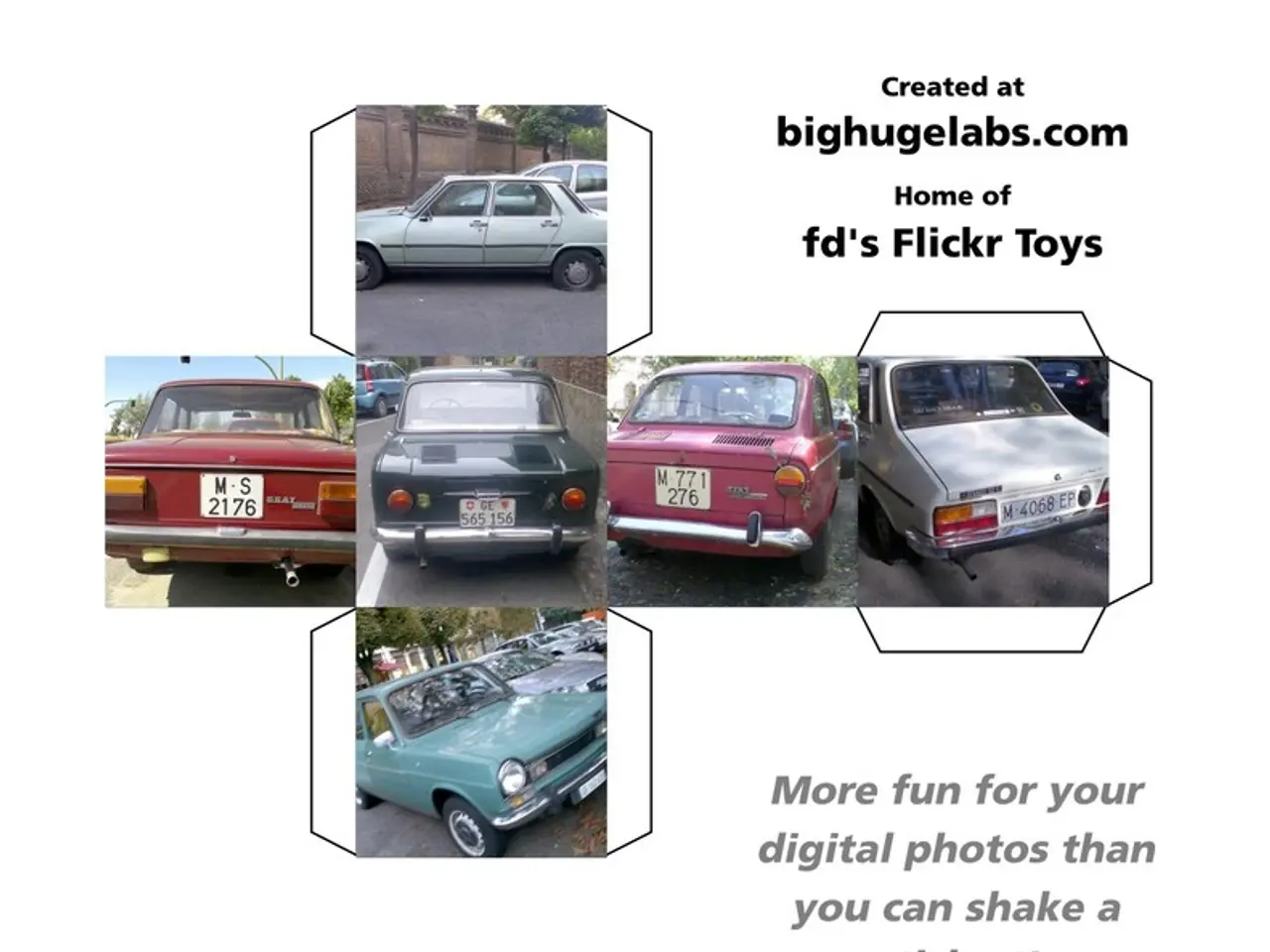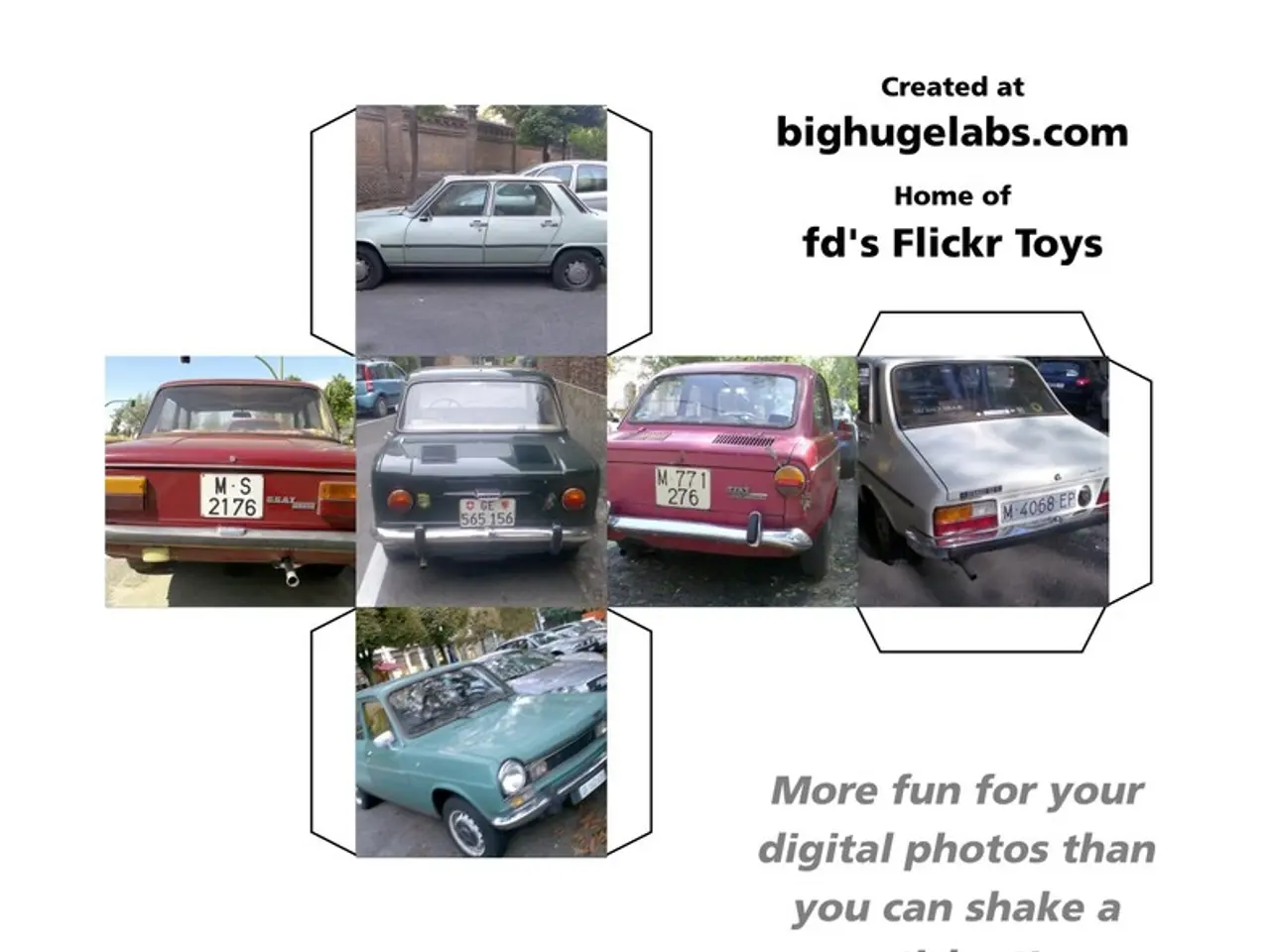Flushing Gold Down the Toilet: The Unconventional Treasure Trove beneath Our Cities
Wastewater Residue Hides Significant Amounts of Valuable Gold
Let's get this straight - we ain't talking about mining poop. This is all about biosolids. These are the leftovers after wastewater treatment, the gunk that comprises flushes, storm runoff, and industrial drainage. Grab your shovel and dig in deep, 'cause the biosolids are where the gold's at!
You heard that right, for a city of one million residents, these biosolids can hold up to a whopping $13 million worth of precious metals, including gold, silver, copper, and palladium. That's not pocket change; that's the kind of cash that could bankroll entire municipal programs, or at least pay for a few city-lights.
You might think waste is just...well, waste. But guess again! These biosolids serve as goldmines, quietly richer than some of the less profitable mining operations out there. If you're wondering what exactly we're flushing away each day, it's not just water and soap suds - it's valuable metals that could bankroll our cities.
But here's the kicker: it's not like these metals are sitting in plain sight, waiting to be picked up. To find them, we need to put them through an analysis using high-resolution mass spectrometry. These engineers from Arizona State University collected samples from across the U.S. and gave 'em a once-over with the mass spectrometer, uncovering traces of gold, silver, palladium, gallium, and other rare elements.
In total, the team calculated that the metal value of biosolids from one million people could hit $13 million annually. That's a lot of coinage we're dumping into landfills, or spreading on farms as fertilizer (as happens to about 60% of it in the U.S.).
Let's do some math. These researchers outlined the 13 most lucrative elements they found: silver, copper, gold, phosphorus, iron, palladium, manganese, zinc, and a whole slew of others. Add 'em all up, and they're worth a cool $280 per metric ton of sludge. That's effing valuable, people!
So what does this mean for our cities? Well, with global demand for precious metals surging in the tech and renewable energy sectors, the price of these elements keeps climbing. Meanwhile, traditional mining is a brutal, environmentally destructive process plagued by labor and ethical concerns. If our cities already contain these metals in a retrievable form, then shouldn't we be tapping into that supply?
It's not just about cashing in, either. These metals are critical to everything from smartphones to solar panels. As global demand grows, so does the pressure to source them sustainably. What if the answer to sustainable mining has been swimming around in our sewer systems all along?
It's time to stop thinking of biosolids as waste. It's about time we started thinking of them as a resource - a goldmine, literally. One Japanese city, Suwa, has already proven this theory. By burning the city's biosolids into ash, they're extracting almost 2 kilograms of gold per ton. That's more gold per ton than many active gold mines, and it's not just a funny story - it's a cash cow.
So, the next time you plop down on the throne, take a deep breath and think: "There's treasure in the toilet." And maybe, just maybe, it's time to start considering how we can turn that treasure into cash for our cities. Because why waste gold when you can reap its rewards?
Sources: Environmental Science & Technology, Science Magazine, National Geographic, Yale University, Arizona State University, The Conversation
Enrichment Data:
Extraction of valuable metals from sewage sludge can be achieved through various advanced thermal and chemical treatment technologies that recover metals like phosphorus, copper, nickel, zinc, and potentially others embedded in the sludge matrix. Key promising technologies and approaches include pyrolysis & co-pyrolysis, hydrothermal conversion & treatment, and chemical treatments like chlorination and Fenton Reactions. These technologies are advancing toward sustainable and circular economy models for urban waste management and resource recovery.
- For cities to potentially tap into a new revenue source, they could investigate the use of advanced technologies like pyrolysis, hydrothermal conversion, and chemical treatments to extract valuable metals from biosolids, such as phosphorus, copper, nickel, and zinc.
- This potential resource recovery could be beneficial not only for cities' financial gain but also for sustainability, as the demand for these metals is critical in numerous industries including technology, renewable energy, and environmental science.
- By transitioning from perceiving biosolids as waste to viewing them as a resource, cities could contribute substantially to a circular economy model and reduce the need for traditional mining, which is often environmentally destructive and raises ethical concerns.




